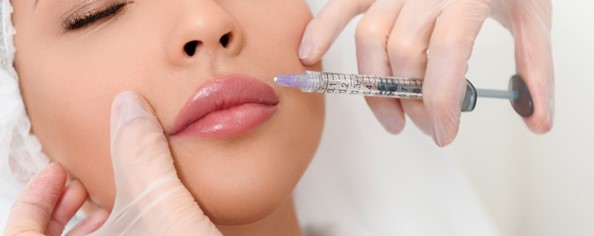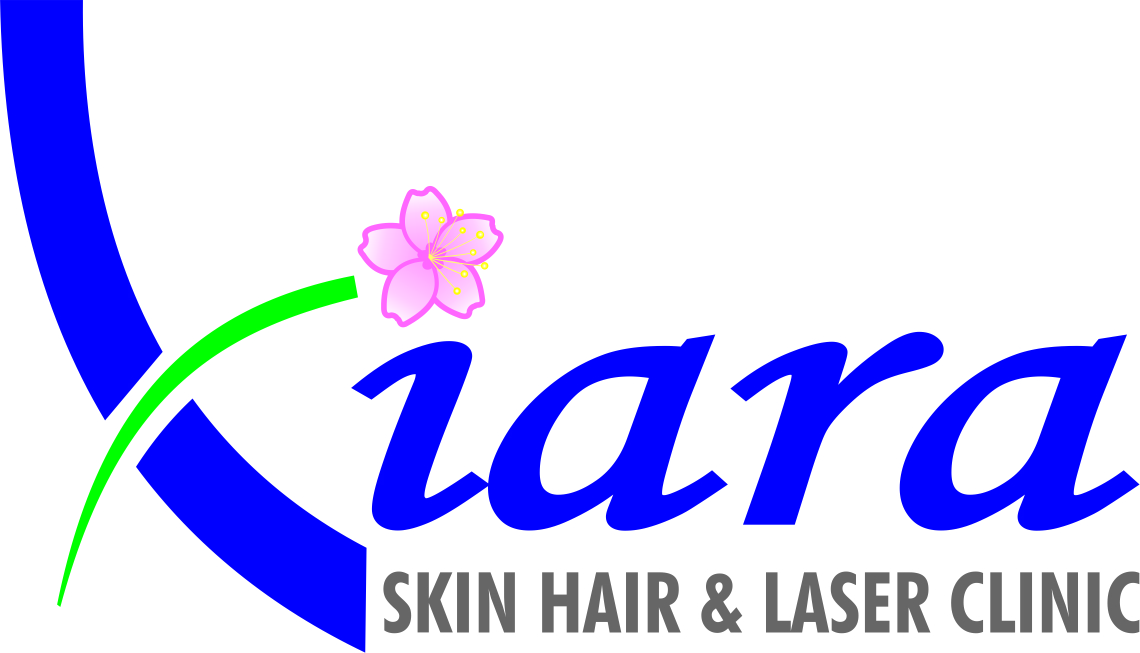
About
Dermal Fillers also have been successfully used by many to improve the appearance of their skin, mostly facial but also on hands, etc. Unlike Botox, fillers, as the name suggests, fill up the wrinkles, lines and other sags, etc. to plump up the required area. One or a combination of substances is used as fillers. Fillers are therefore also known as volumizers.
Dermal fillers are available in the following types:
1. Hyaluronic Acid Fillers
These are the most popular type. They have rarer side effects. The popular brands are Restylane, Juvederm, etc. The natural water-attracting hyaluronic acid is injected in areas around the eyes, mouth, etc. The results are almost immediate.
It has been seen that repeated injections trigger the body’s natural collagen production, reducing wrinkles naturally after that.
2. Synthetic Fillers
Synthetic fillers use artificially made substances for filling. These fillers are longer-lasting and even have a semi-permanent effect. However, these may be more prone to side effects such as bumps or even disfigurement. Fewer patients go for this. Radiesse and Silicone are the two main brands of synthetic fillers.
3. Collagen Wrinkle Fillers
Collagen extracted from cows and purified before injecting is the main constituent of this type of filler. Newer ways of processing have made them relatively long-lasting. However, they remain with a shorter life and also prone to reactions. Cosmoderm and Fibrel are the collagen type fillers’ more used brands.
4. Autologous Wrinkle Fillers
These are more natural fillers. The main constituent in these fillers is body fat taken from your body such as thigh, stomach, and buttock, etc. Alternatively, blood is drawn from the arm or thigh and injected in the face in the Platelet-rich plasma injections.
Since your own blood or fat is drawn and injected in the face this requires two separate procedures, which may be done in one sitting.
The risks are the same as in other types of fillers, such as redness, bumps under the skin, etc.
Caution: Do not have the procedure done in Spas, saloons. Dermal fillers are safe and effective under the supervision of an experienced and certified dermatologist who is continually upgrading her training levels. This procedure must be done under medical supervision in sterile conditions and equipment. If not done properly it may go terribly wrong with permanent effects.

Benefits
Dermal fillers fill in the hollowed areas of the face such as cheekbones or around eyes to reduce the visible wrinkles as also around the mouth. They bring some amount of volume back to the face making it appear younger.
Fillers can give you fuller lips and take away the shadows under the eyes by filling the hollows under them.
As against Botox, fillers also work on the static wrinkles caused by gravity, aging, etc.
Dermal fillers are injected under the skin, like Botox. The procedure is minimally invasive and thereby safe, as no surgery is involved.
The treatment is short as the Dermatologist has to identify the regions and inject fillers.
There are different types of fillers available for different needs and the best one for your purpose will be recommended by your dermatologist.
Procedure
At the appointment, your dermatologist will assess your face and map out areas that may require filling. At this time your dermatologist will also help you choose the best type suited for you based on the severity of wrinkles, age, skin, and other conditions.
Before the procedure begins, your face will be cleansed.
A cold pack is applied to numb the area to pain. If your skin is particularly sensitive to pain, a local anesthetic ointment may be used too.
The fillers are then injected in the demarcated skin areas. As each area is injected, the dermatologist will gently massage it and evaluate the result before moving on to the next site.
Once satisfactory results are achieved, your face will be cleansed off of any markings.
Aftercare
Again an ice pack is given to take care of any pain or soreness that may arise. Since the procedure is relatively painless, no medicines for pain management are required.
The usual care after the treatment involves protecting your skin by applying sunscreen. It is recommended that you do not rub the treated area.
The treated skin may feel a bit tender but that is temporary and an occasional ice pack may be helpful.
